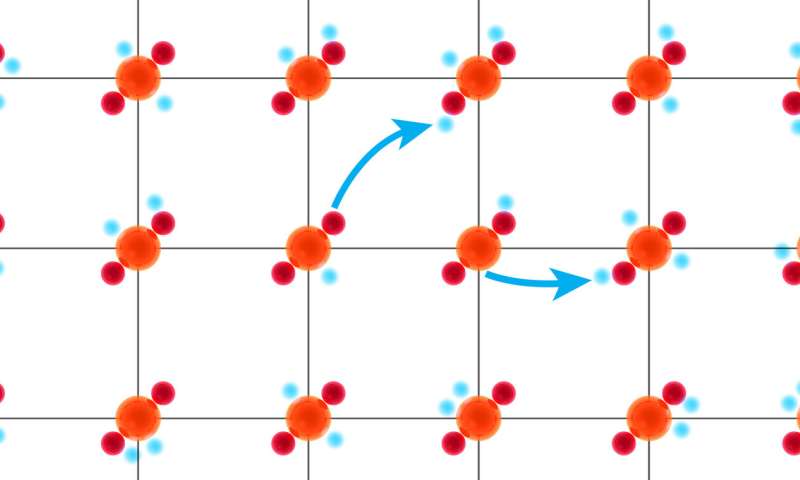Phys.org September 26, 2019
The biggest obstacle to making superconductors operate at higher temperatures and making superconductivity more robust has been the lack of a model. High-temperature superconductors are quantum materials, where electrons cooperate to produce unexpected properties. A team of researchers in the US (Stanford University, SLAC National Accelerator Laboratory) created a virtual version of a cuprate on a square lattice, like a wire fence with square holes where each virtual atom can accommodate at most two electrons that are free to jump or hop—either to their immediate neighbors on the square lattice or diagonally across each square. When they used DMRG (density matrix renormalization group) to simulate the Hubbard model as applied to this system, they discovered that changes in the electrons’ hopping patterns had a noticeable effect on the relationship between charge stripes and superconductivity and the superconducting state finally emerged. It’s still an open question whether the Hubbard model describes all the incredibly complex behavior of real cuprates.
But they have a fully interacting model that describes high temperature superconductivity, at least for systems at the sizes we can study, and that’s a big step forward…read more. TECHNICAL ARTICLE

Computer simulations at SLAC and Stanford suggest a way to turn superconductivity on and off in copper-based materials called cuprates. Credit: Credit: Greg Stewart/SLAC National Accelerator Laboratory